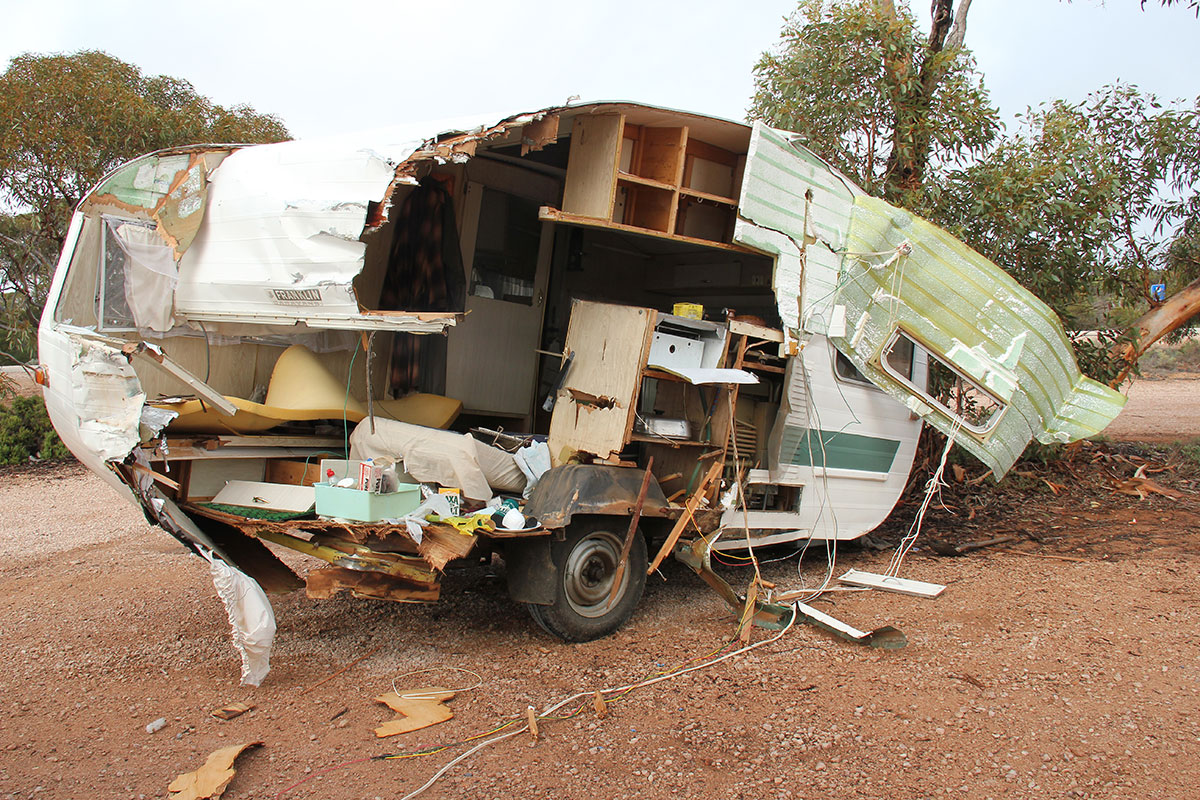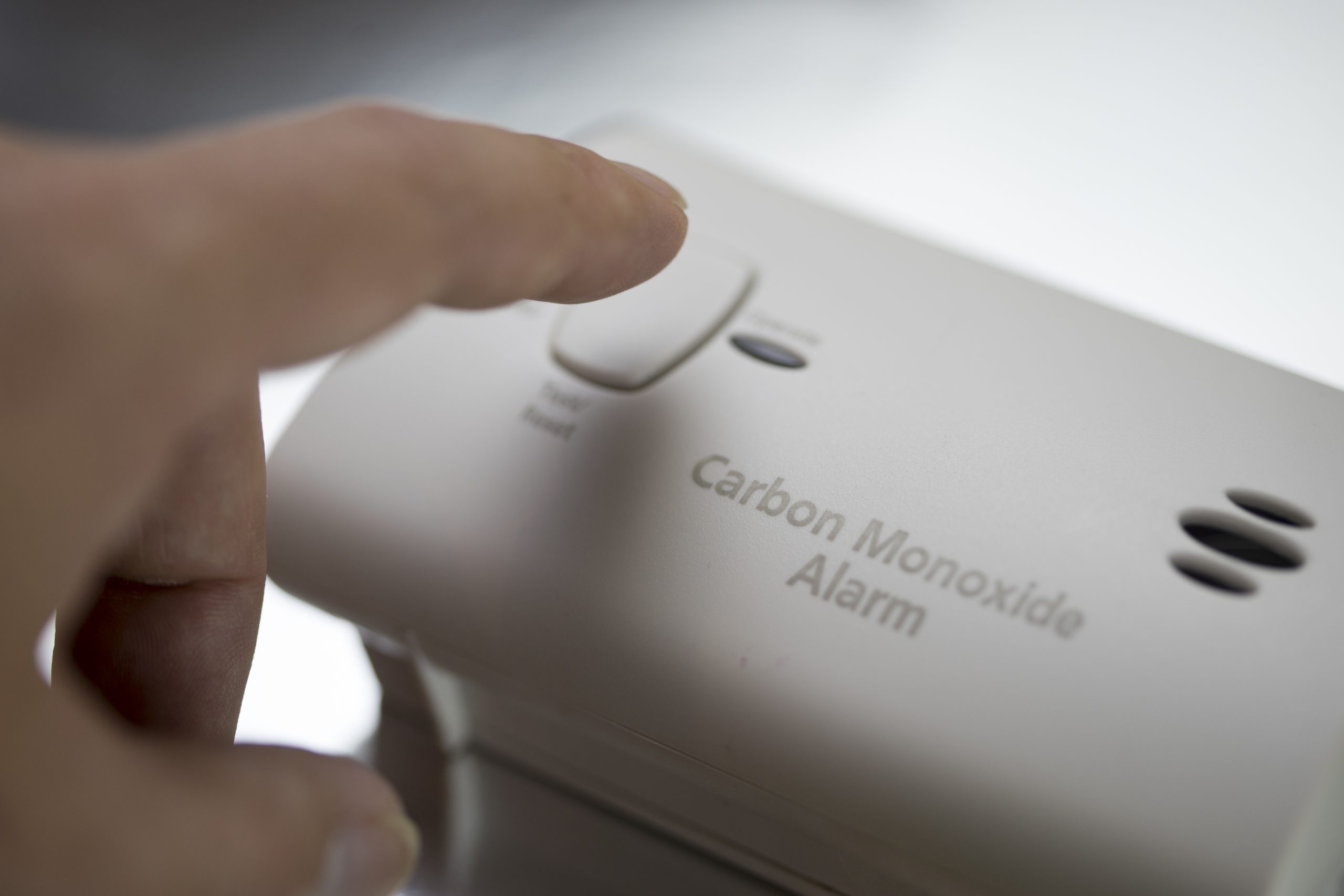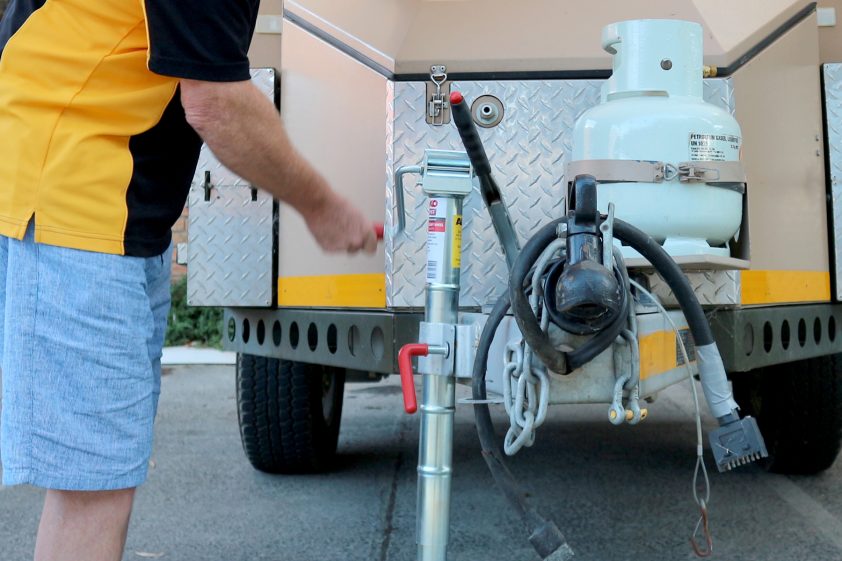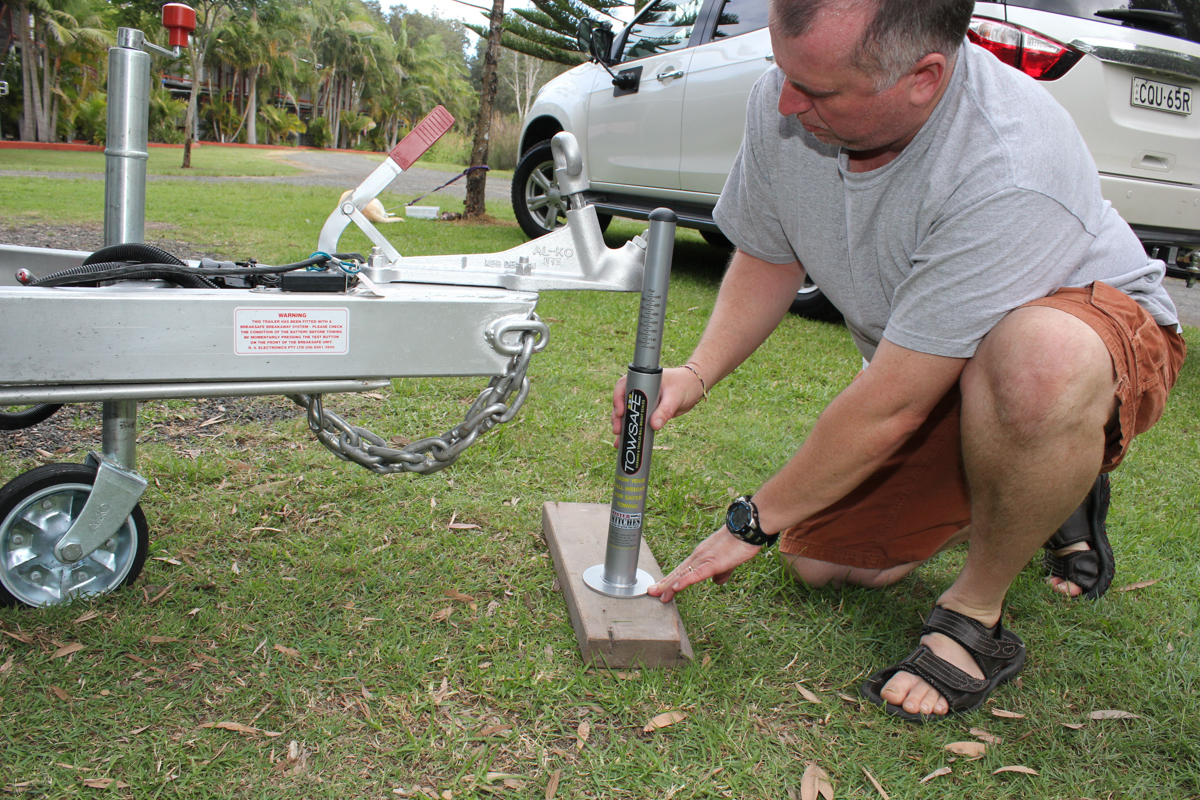A fact of life when travelling on Australian roads is that there is the distinct possibility of road damage from rocks and stones, low hanging trees, shop awnings, wildlife and quite a few other possibilities. The trick is to minimise that as much as possible, so here are a few thoughts.
ROCK AND STONE DAMAGE ABOVE THE CHASSIS
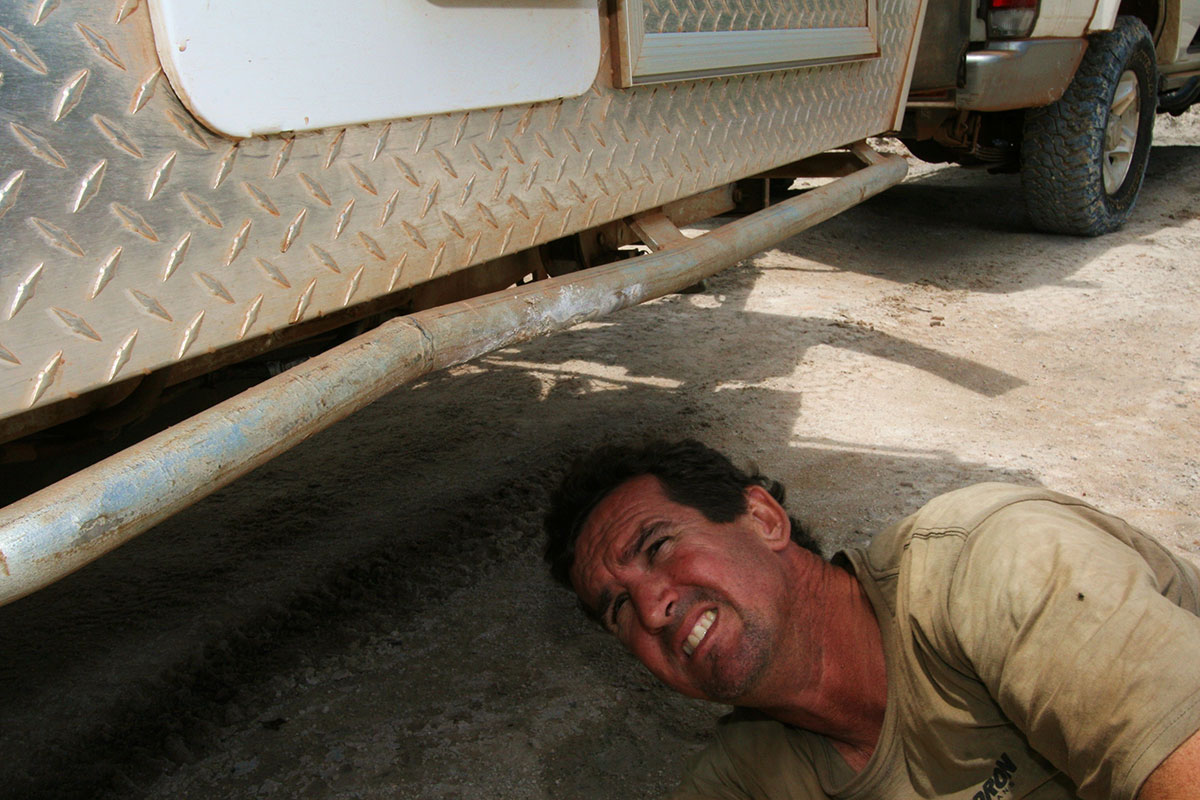
Generally speaking the front of a caravan and the chassis area are vulnerable to rocks and stones being thrown up from both your own vehicle and passing vehicles as well. Many caravan manufacturers cope with this by either fitting something like alloy chequer plate across the lower waist area or else fit a mesh stone guard on the drawbar and a stone guard on the front window.
However, there are a few manufacturers who don’t do that and something like a rip stop PVC stone guard which covers the entire front wall of the van might well be a good investment. Normally they have zipped apertures for the front boot and/or the window.
There are a few items on the drawbar of the caravan that are vulnerable to damage too like mains pressure taps and some of the gas fittings, not so much the gas cylinder which are almost bullet proof in their construction. Items like the water taps can easily be protected by a folded piece of alloy chequer plate if not already fitted.
ROCK AND STONE DAMAGE BELOW THE CHASSIS
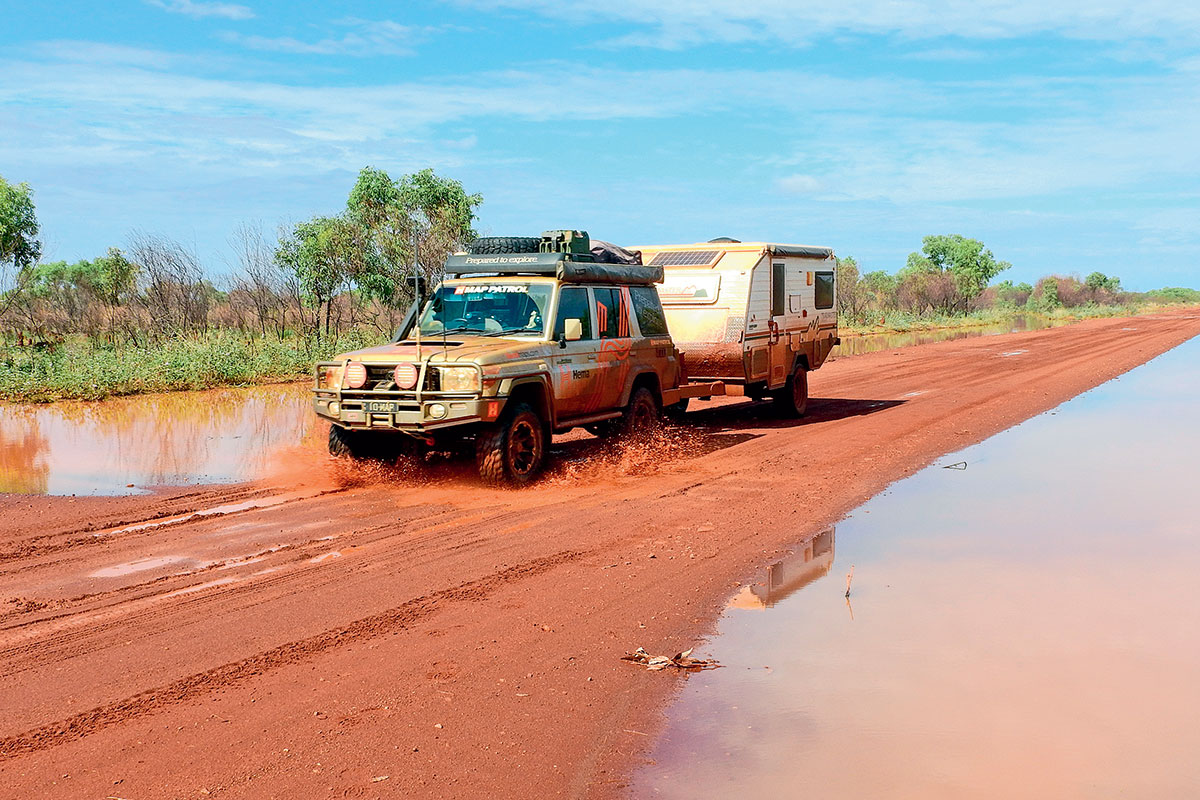
Anyone contemplating a bit of dirt road travel, particularly in with an on-road van should give some consideration to having a good look under the van. Items like water tanks, water piping, drainage piping and electrical cabling are particularly vulnerable. Generally speaking most caravan manufacturers taking some precautions with tank protection and strapping piping/cabling out of the way. However, it may well be prudent to check and take some appropriate action if a potential problem lurks. It may be nothing more than a piece of alloy chequer plate or strapping something up. Another potential problem lies where cabling or conduit runs through metal holes, there is always the risk of chaffing. Now most manufacturers fit grommets or a similar mechanical protection. However, I have certainly seem instances where that has not been done. At best it might mean something not working and at worst a short circuit.
CORROSION ISSUES
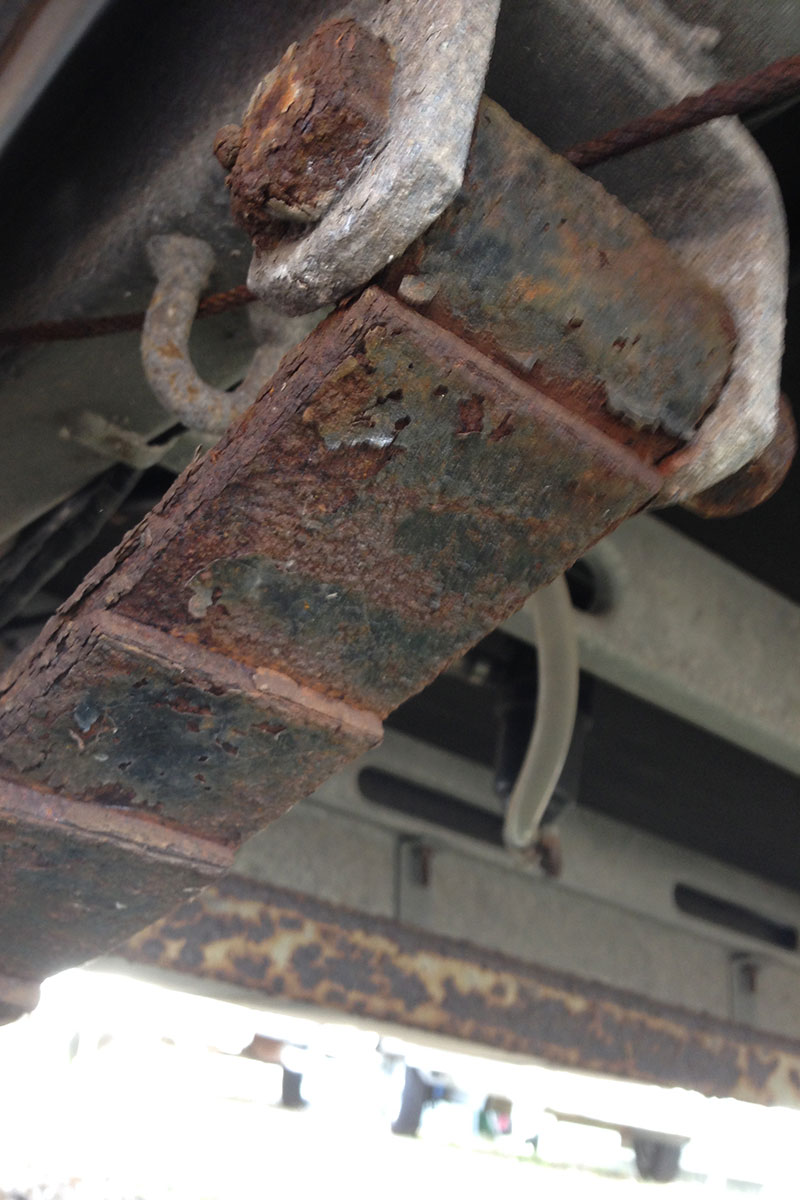
Generally speaking most caravans these days are well set up for rust prevention with galvanised chassis and the like. However, sustained exposure in coastal areas can lead to a few problems. Best advice here is an annual check particularly around the suspension and wheel areas where there is often non galvanised parts. It’s sometimes an issue that appears after a few years, but items like screws and bolts can often corrode quickly and make removal difficult. Slight related to this issue is the corrosion of water heaters. Manufacturers get around this problem by fitting sacrificial anodes. These corrode on purpose but do have to be replaced from time to time. Check your water heater manufacturer’s manual for details.
WATER INGRESS
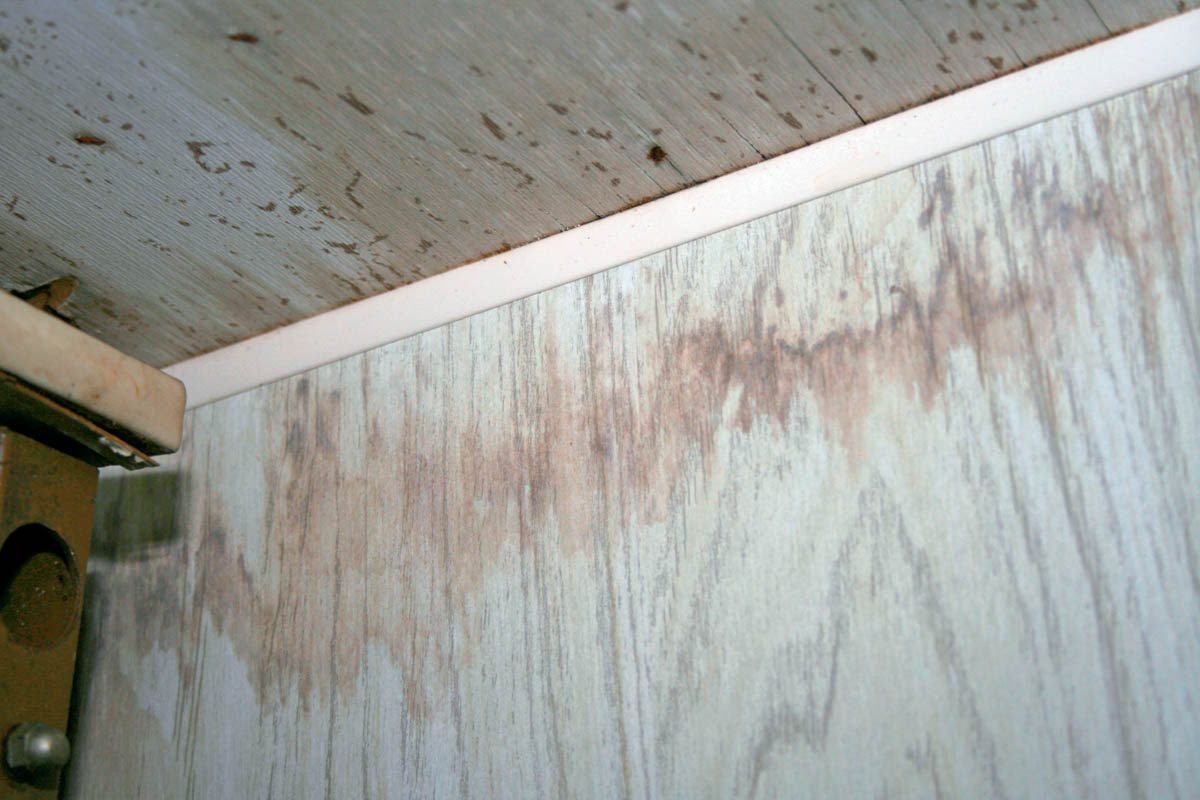
Something of a problem in the caravan industry is water ingress and damage. The issue being that often a water leak is not detected immediately and by the time it is there’s a problem of water damaged materials. Manufacturers like to advertise that their caravan sealing is good but like anything sealants can break down, particularly under the hot Australian sun and it pays to do constant checks. Not only in obvious areas but in the back of cupboards and other awkward to get at places.
TREES
Being taller than the average tow vehicle, caravans are vulnerable to damage from tree branches, shop awnings and even lamp posts. For the most part tree branches are usually a problem in caravan parks and camping areas. A little bit of care when backing around, preferably with an outside observer is the best way to avoid such problems. This might sound an odd question but do you know the travelling height of your van? If not then the simplest way is to get a tape measure out and measure the wall height near the wheels. Roof mounted items like an air conditioner add height of course, so they either need to be measured for the tallest item or add something like 300mm (which covers most air conditioners) to the van wall height.
BUILDING AWNINGS
Shop awnings are a bit of a trap in towns with roads that have a steep camber towards the kerb. Getting too close with the van leaning over slightly can do something nasty – usually the protruding caravan awning is the thing that gets damaged.
WILDLIFE
In many outback areas there is little that can be done about wildlife that suddenly appears on the road. However, minimising the risk by not travelling early in the morning or late in the afternoon when animals are most active is a good idea.
DRIVE ACCORDING TO CONDITIONS
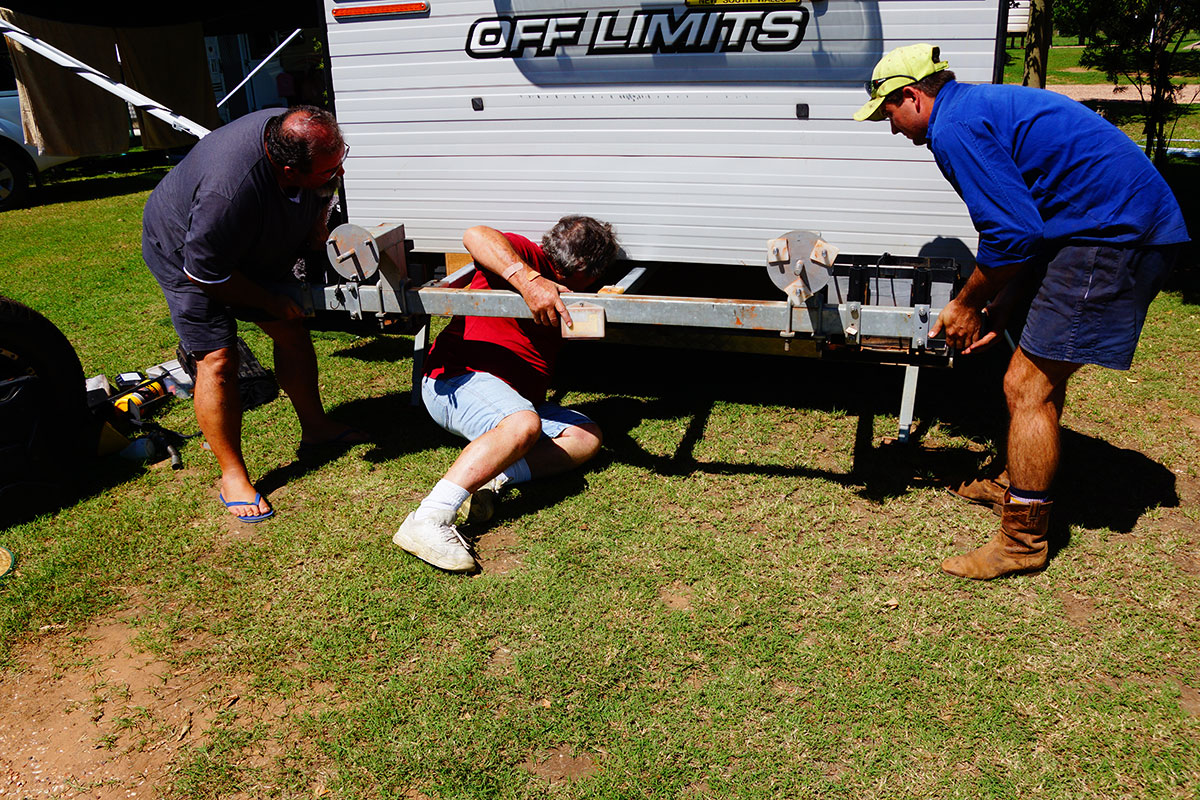
This might sound like a motherhood statement but driving according to the prevailing conditions, be it rough roads, poor weather or just your own mental state can reduce the possibilities of both road damage issue or something far worse like a serious accident. That includes being aware of the road traffic around you at all times.
All of the above might look like a long list but in fact it is not, with most items being common sense or just taking a few steps to avoid a problem.
MEET THE AUTHOR
Malcolm Street
Malcolm Street began caravanning in the early 1970s, first in a Viscount and later in a York, the former towed by a Holden Kingswood. Malcolm has RV’d extensively across Australia, New Zealand and Britain. He became an RV journalist in 1999. Each year, he reviews around 40 caravans and motorhomes in Oz and NZ. Yes, he’s a well-travelled bloke with no shortage of campfire opinions about how a given caravan could be better put together.

